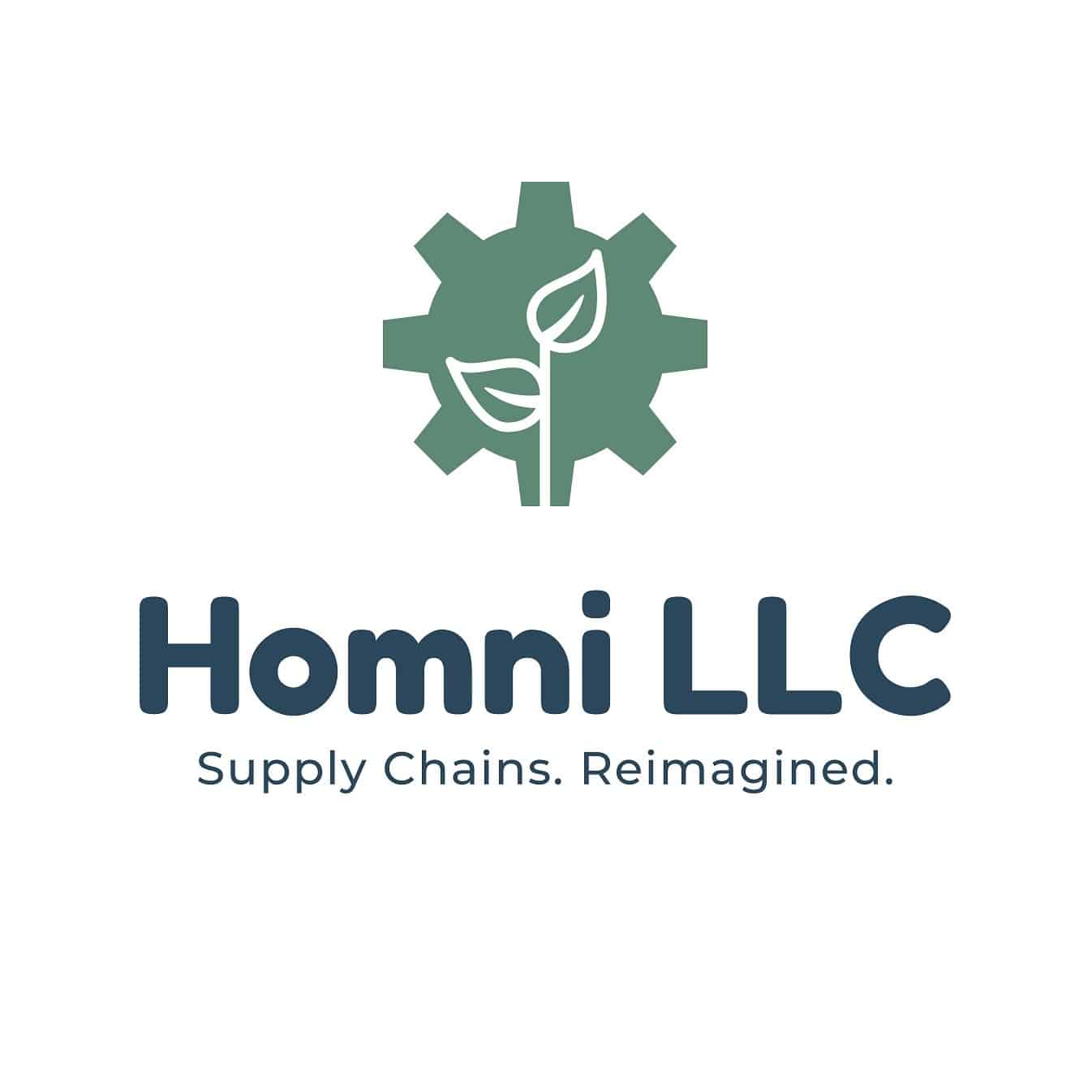Hackathon
Submission
John Poor
Making Transparency Profitable: A Push for Vertically Integrated Supply Chains
Amazon, General Mills, Walmart, Costco, Kroger, Albertsons, and Starbucks. All are spending billions to create hyper-transparent, vertically integrated supply chains that provide predictability, resilience, and agility. These firms are realizing tremendous profits because they can quickly disseminate new technology and process improvements, predict, detect, and react to external shocks, and guarantee internal environmental, labor, and quality standards. Frustratingly, these changes are not expanding to sectors like fruit and vegetables, where imports represent 53% and 31% of U.S. supply, and the firms themselves are undervaluing sustainability considerations. Further, the majority of fruit and vegetables we import, originate on small and medium-sized farms that are isolated within horizontal supply chains.
This means that the families and individuals who operate these farms act alone. Interacting with downstream firms is exceptionally costly, bargaining power limited, risk concentrated, and flexibility low. This likely is why Hiroshima University’s 2019 total factor productivity (TFP) deep dive into the Vietnamese agricultural sector showed a 38% TFP increase among large firms and a 71% TFP decrease among small firms.
Begging the question; Why, if vertical supply chains offer such significant benefits for agriculture, has the global system overwhelmingly operated on a horizontal model?
It’s only within this decade that technology exists to sufficiently reduce transaction costs within supply chains, allowing vertical supply chains to function.
Vertical integration is rapidly expanding in fashion, logistics, manufacturing, retail, and tech because it works, and because unlike agriculture, there are no small-hold microchip manufacturers or aluminum smelters. If the U.S. is going to improve long-term food security, policymakers, business professionals, academics, and subject matter experts must solve three challenges simultaneously. They must determine how to accelerate the adoption of vertically integrated supply chains, how to make it a small-holder inclusive process, and how to prioritize organizational structures capable of delivering social and environmental sustainability goals.

Project
Proposal
The Homni LLC proposition rests on the belief that it is possible to establish a replicable, profitable hybrid non-profit/for-profit firm that facilitates the establishment of highly-transparent, socially, and environmentally sustainable, vertically oriented supply chains.
Their established model relies on seven steps:
Identify — working with existing NGOs, identify promising product categories for international export as measured by profit potential and impact.
Analyze — working further with NGOs, run community stakeholder, and sustainability assessments.
Innovate — utilizing data gathered in the Analyze phase, engage with a six sigma design and a six sigma process team to produce internationally competitive agricultural products for export. Simultaneously, we will establish a local LLC equivalent for export and a U.S. based LLC for import. The U.S. based LLC will be owned in full by the manufacture.
Implement — according to product category, determine the best business structure for operations, legally establish local firm and the U.S. satellite, implement new processes, and launch international sales.
Verify — confirm that processes are delivering on expected transparency, social and environmental returns. (post-launch stakeholder & sustainability analysis)
Optimize — confirm supply chain efficiency, agility, and risk (post-launch supply chain analysis)
Sell — Perform firm valuation, and update stakeholder analysis. With strict social/environmental guidelines, identify the best method to establish producer ownership of downstream processes.
Team
Members
Already registered before? Login first to Apply!
Register now & submit your request to join this team!
Join John Poor's Team!
Solution
Details
What region(s) or state(s) do you currently have operations in?
Washington DC, Kathmandu, Nepal
Is there a specific region or state where you plan to focus on for this project?
None
How far developed is your proposal?
I have an idea but it needs to be developed, 6-12 weeks until ready for implementation.
Is there any legal protection for the solution?
No
Latest
Submissions
Humanner – Collective Holistic Social Innovation Ecosystem Management
By Janos Deak
By the Humanner Cooperative Social Business Ecosystem model give financial self-sustainability and emerge the digital infrastructure to connect informal market, unlock the power at the bottom of pyramid, and deliver economic prosperity.
“A charity money has only one life. A Social Business money can be invested over and over again.” (Muhammad Yunnus)
Linking science and technologies to communities of our global society. Humanner’s social R&D focus on interweaving new models so smoothly and seamlessly into the currently prevailing system, that it will not be perceived as opposition, but rather as a higher quality competitive model, which gradually replaces the old one.
Our method is to create a high-quality example while showcasing our understanding of what it means to be human.
Humanner’s system work with a MULTI FUNCTIONAL holistic multisolving approach so that make the investment more impactful. Single investment of time and money – Defined as a way of solving multiple problems with the multisolving approach brings together stakeholders from different sectors and disciplines to tackle public issues in a cost-efficient manner
Humanner unite the two biggest volunteer sectors the Open Source and the Non Profit sector into a Social Business Innovation Ecosystem. We aim to explore how open source software, open source hardware, digital maker practices and open design can be effectively used by local communities to fabricate their own tools, make sense of their environments and address pressing environmental problems.
ProducePathway
By Sindhu Sundar
Policy proposal for collaborative food distribution networks utilizing existing nationally-accessible tools and organizations, and partnerships between community centers, hospitals, farmers, and distributors. Objectives are the identification of in-need communities to provide mobile markets and CSA boxes, as well as subsidization strategies to serve low-income areas.
Digital Surplus Management System
By Kubra Orak
Supported by UNDP to reach SDGs, Whole Surplus provides technology solutions to create value out of unsold inventory.[bc1] Placing technology at the heart of a crucial issue as food waste, Whole Surplus offers holistic and digital solutions to any type of surplus food, that is eligible for human consumption, animal feeding, recycling or landfilling and matches them with the right partner who offers the highest financial and social value. Moreover, the platform provides a data analytics dashboard to reduce waste at the source. With the help of the technology and network that is created, the aim is to reduce partners’ food waste-related carbon emission by 50% and to reach the zero-landfill goal.





